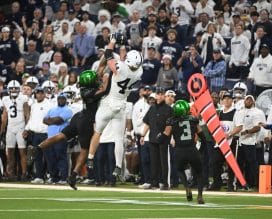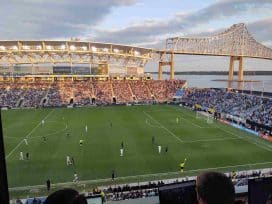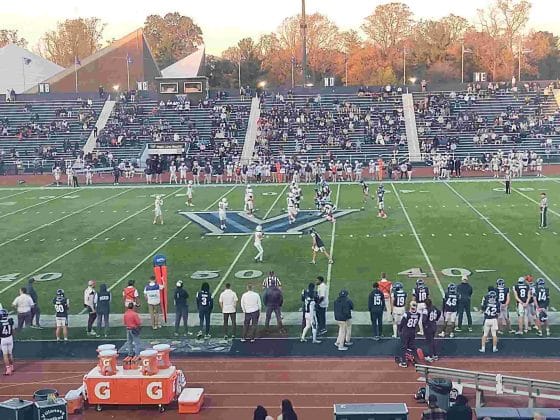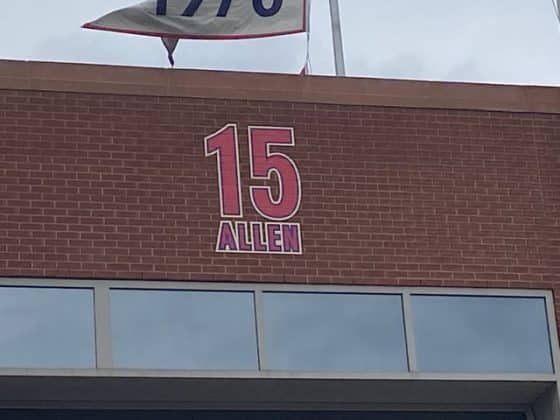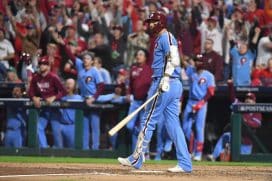Flyers
Flyers: Bridge Deals Part of NHL’s Cap Reality

The Flyers announced the signings of two restricted free agents on Monday. Noah Cates signed a two-year deal worth $2.625 million AAV, avoiding arbitration. Cam York signed a two-year deal as well, with a $1.6 million AAV.
Cates and York have been widely talked about as key pieces of the future. Cates turned heads in his rookie season by assuming a heavy workload, even drawing some votes for the Selke Trophy. York did not start the season with the Flyers, but stayed up in the NHL after his call-up in December and also assumed a greater role throughout the remainder of the season.
Even while in a rebuild, why wouldn’t the Flyers commit long-term to two players that they feel have years ahead of them in Philadelphia? The answer is the current cap reality that is happening in the NHL.
Bridge Deals Popular Throughout the NHL
Since the open of free agency on July 1, 244 total contracts, both standard and 35+, have been signed. Of the 244, only 27 contracts were for three years or more.
In addition, only 52 players that signed since the start of July have an AAV over $2 million. That number drops to 31 players with an AAV over $3 million, and just 16 players with an AAV over $4 million.
The clear message: there are bigger things ahead in the market for NHL players. The flat salary cap did this. It led players to place bets on themselves, at all stages of their careers, for the opportunity to hit the market again in just a handful of seasons.
Playing the Long Game for Salary Cap Increases
The salary cap is anticipated to rise from $83.5 million this season to $87.5 million next season, prior to 2024-25. Prior to the 2025-26 season, the jump is expected to get the salary cap to $92 million.
If the Flyers had it their way, they would likely avoid the massive contract extensions for Cates and York, but maybe go somewhere down the middle – think of Joel Farabee’s five-year, $5 million AAV contract extension from a few offseasons ago as a good example.
It would give the team some added security for the long-term. It would give the player a noticeable pay increase at the start of the deal that would ultimately blend in as market value when it reaches its peak.
Instead, this is likely the reason Cates filed for arbitration. The Flyers, notably head coach John Tortorella, really liked the play from Cates in his rookie season, and they feel he is only scratching the surface on his potential. It should have been no problem in their eyes to give him much more than two years on a new contract.
That’s where the player comes in, and the majority of the players in the league due for new contracts are choosing this path, to take the short-term pay cut at a chance for a long-term payday down the road.
Reaching an Agreement
For now, both deals are certainly fair. It gives the Flyers the chance, in another two years, to negotiate with Cates and York as restricted free agents again, rather than entering their UFA years. It keeps both sides on peaceful terms in the negotiation process, ironing out these contracts so quickly with so much time prior to the start of the 2023-24 season.
However, the savings the Flyers may be getting now could still catch up with them later if Cates or York or both find their stride and deliver at a high level that warrants the big payday. In this reality for the majority of players in the NHL, it is a chance both team and player are willing to take.

